For our May 13th show we offer two features:
 Gold Lab Symposium (starts at 3:42): Biotech entrepreneur Larry Gold, a CU Boulder professor at the BioFrontiers Institute, talks with How On Earth’s Shelley Schlender about the annual Gold Lab Symposium, which will be held in Boulder May 16th and 17th. This year’s theme is Embracing the Reptile Within: Head, Heart and Healthcare. The event will focus on research and educational approaches that can potentially help improve the U.S. healthcare system.
Gold Lab Symposium (starts at 3:42): Biotech entrepreneur Larry Gold, a CU Boulder professor at the BioFrontiers Institute, talks with How On Earth’s Shelley Schlender about the annual Gold Lab Symposium, which will be held in Boulder May 16th and 17th. This year’s theme is Embracing the Reptile Within: Head, Heart and Healthcare. The event will focus on research and educational approaches that can potentially help improve the U.S. healthcare system.
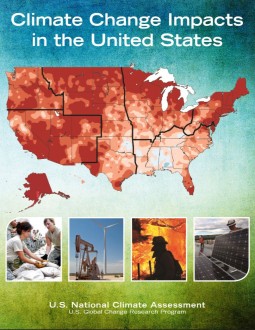 U.S. Climate Change Report (starts at 11:50) The National Climate Assessment, a sobering new report on the science and impacts of climate change in the U.S., makes it starkly clear that human-induced climate change is already affecting all parts of the country. It is making water more scarce in some regions while bringing torrential rains elsewhere. It is making heat waves more common and severe, and it’s causing more severe and destructive wildfires. How On Earth co-host Susan Moran talks with two guests: Kristen Averyt, PhD, is a lead author of a chapter on Energy, Water and Land. She is associate director for Science at the Cooperative Institute for Research in Environmental Sciences (CIRES) at CU Boulder. Dan Glick is a journalist who helped edit the report. His company, The Story Group, also produced a series of videos that highlight the report’s key findings and how climate change is affecting many people’s lives and livelihoods.
U.S. Climate Change Report (starts at 11:50) The National Climate Assessment, a sobering new report on the science and impacts of climate change in the U.S., makes it starkly clear that human-induced climate change is already affecting all parts of the country. It is making water more scarce in some regions while bringing torrential rains elsewhere. It is making heat waves more common and severe, and it’s causing more severe and destructive wildfires. How On Earth co-host Susan Moran talks with two guests: Kristen Averyt, PhD, is a lead author of a chapter on Energy, Water and Land. She is associate director for Science at the Cooperative Institute for Research in Environmental Sciences (CIRES) at CU Boulder. Dan Glick is a journalist who helped edit the report. His company, The Story Group, also produced a series of videos that highlight the report’s key findings and how climate change is affecting many people’s lives and livelihoods.
Hosts: Ted Burnham, Susan Moran
Producer: Susan Moran
Engineer: Ted Burnham
Executive Producer: Joel Parker
Listen to the show (click below):
Podcast: Play in new window | Download (Duration: 24:02 — 22.0MB)
Subscribe: RSS





 Baseball Vision (starts at 5:42): The major league baseball season is now in full “swing.” Fans may take it for granted that these professional athletes are in top physical condition. What’s less known is how important it is for baseball players to have perfect eyesight. Batters in particular have some of the best vision in the world. To find out how scientists know this, and study it, and even make it better, How on Earth’s Shelley Schlender last month headed down to spring training in Arizona. There, she caught up with two of the nation’s top experts on the science of vision, and sports.
Baseball Vision (starts at 5:42): The major league baseball season is now in full “swing.” Fans may take it for granted that these professional athletes are in top physical condition. What’s less known is how important it is for baseball players to have perfect eyesight. Batters in particular have some of the best vision in the world. To find out how scientists know this, and study it, and even make it better, How on Earth’s Shelley Schlender last month headed down to spring training in Arizona. There, she caught up with two of the nation’s top experts on the science of vision, and sports.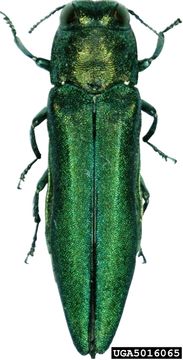
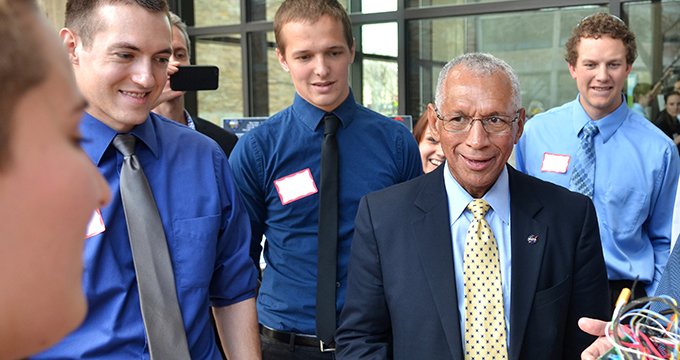
 Earth Day gives us plenty of reason to reflect on the state of the planet and the impact we humans have had on it. This week’s show featured
Earth Day gives us plenty of reason to reflect on the state of the planet and the impact we humans have had on it. This week’s show featured 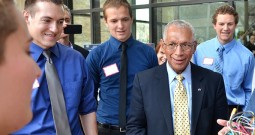
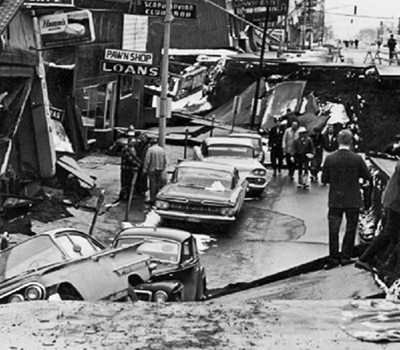

 Neuroscience of Dying (start time 12:38) If there’s one thing more certain than taxes—pardon the reminder—it’s death. It may be certain, but it’s still one of life’s biggest mysteries. On today’s show, we explore what neuroscience can tell us about chemical and hormonal releases that can occur as we near the threshold of death.
Neuroscience of Dying (start time 12:38) If there’s one thing more certain than taxes—pardon the reminder—it’s death. It may be certain, but it’s still one of life’s biggest mysteries. On today’s show, we explore what neuroscience can tell us about chemical and hormonal releases that can occur as we near the threshold of death.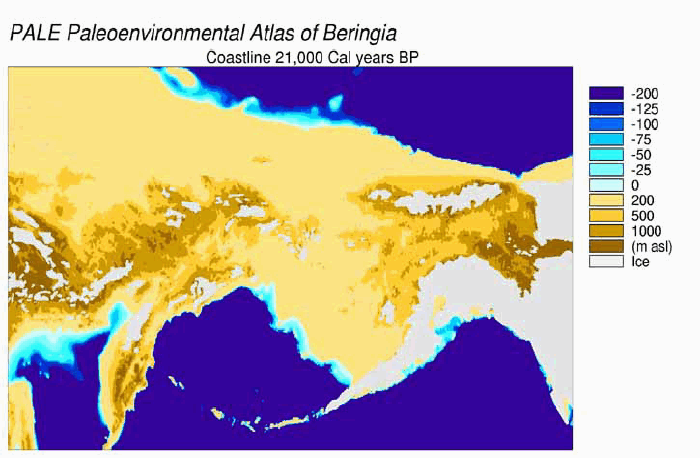

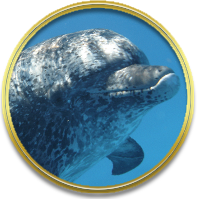 Her quest to learn whether dolphins have language, and to learn that language, is notable for its longevity. But her relationship with them is remarkably respectful, too. We last
Her quest to learn whether dolphins have language, and to learn that language, is notable for its longevity. But her relationship with them is remarkably respectful, too. We last 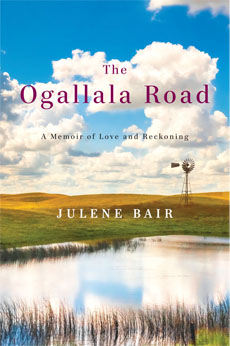 The Ogallala Road (start time 15:15). We often hear about how the Colorado River is running dry. The Western states that rely on its flowing water are struggling to reckon with how its depleting reservoirs will satiate growing populations. You’ve probably seen images of the white “bathrub rings” at Lake Powell and Lake Mead that expose the water line rings of years ago. But there’s an equally dramatic and dangerous drop in an invisible source of water. That’s the
The Ogallala Road (start time 15:15). We often hear about how the Colorado River is running dry. The Western states that rely on its flowing water are struggling to reckon with how its depleting reservoirs will satiate growing populations. You’ve probably seen images of the white “bathrub rings” at Lake Powell and Lake Mead that expose the water line rings of years ago. But there’s an equally dramatic and dangerous drop in an invisible source of water. That’s the 
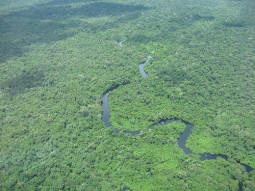 Amazon CO2 (start time 04:37) The Amazon basin contains the largest tropical rainforest on the planet. It’s been critical not only for its beauty and biodiversity but also for its ability to store more carbon dioxide than it emits. The soil and above-ground biomass of the Amazon makes it one of the largest reservoirs of carbon dioxide. And that has helped to keep climate change from accelerating even faster. But a new
Amazon CO2 (start time 04:37) The Amazon basin contains the largest tropical rainforest on the planet. It’s been critical not only for its beauty and biodiversity but also for its ability to store more carbon dioxide than it emits. The soil and above-ground biomass of the Amazon makes it one of the largest reservoirs of carbon dioxide. And that has helped to keep climate change from accelerating even faster. But a new 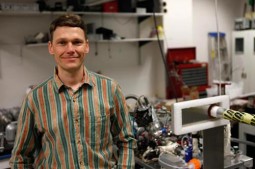 Power Plant Smokestacks (start time 14:43) To understand the global greenhouse gas budgets, it’s critical to characterize their sources and sinks. Electrical power generation accounts for about a
Power Plant Smokestacks (start time 14:43) To understand the global greenhouse gas budgets, it’s critical to characterize their sources and sinks. Electrical power generation accounts for about a 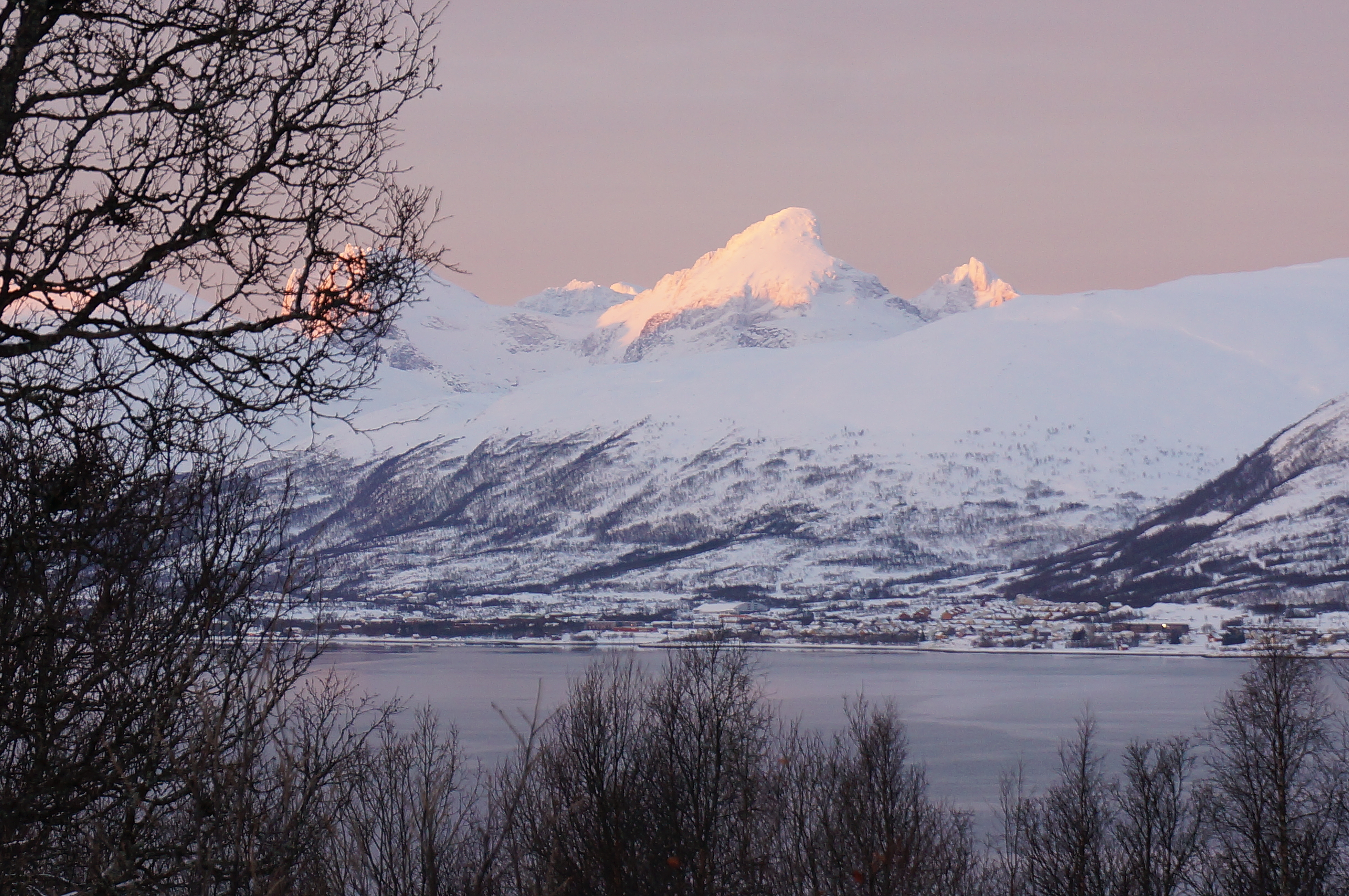
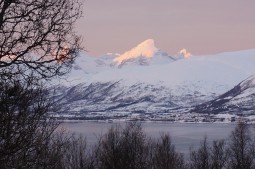
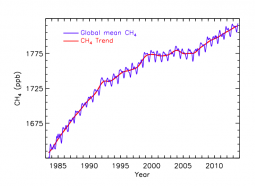
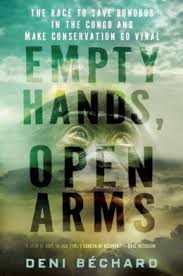 Bonobo Conservation Success: (start time: 16:11) Author
Bonobo Conservation Success: (start time: 16:11) Author 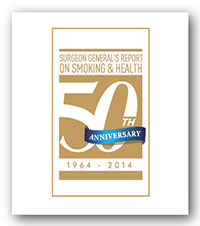
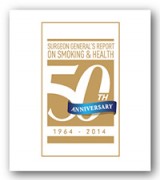 Quitting smoking (start time 4:39) 50 years ago, the U.S. Surgeon General began a
Quitting smoking (start time 4:39) 50 years ago, the U.S. Surgeon General began a 
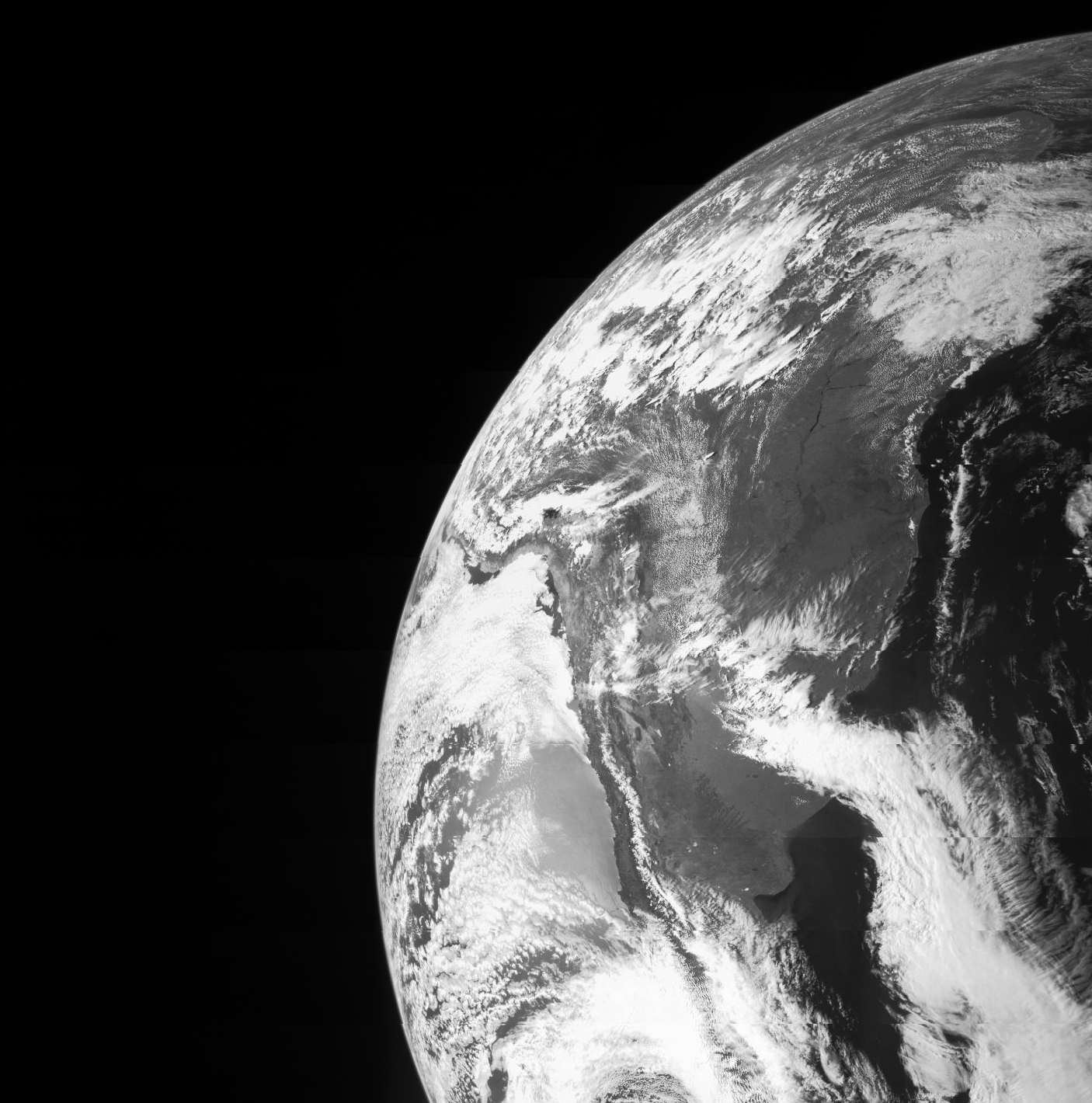
 For our first show in 2014 we offer two feature interviews:
For our first show in 2014 we offer two feature interviews: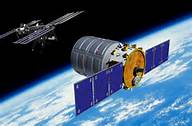 Feature #2: In expectation of the first official cargo flight of the
Feature #2: In expectation of the first official cargo flight of the 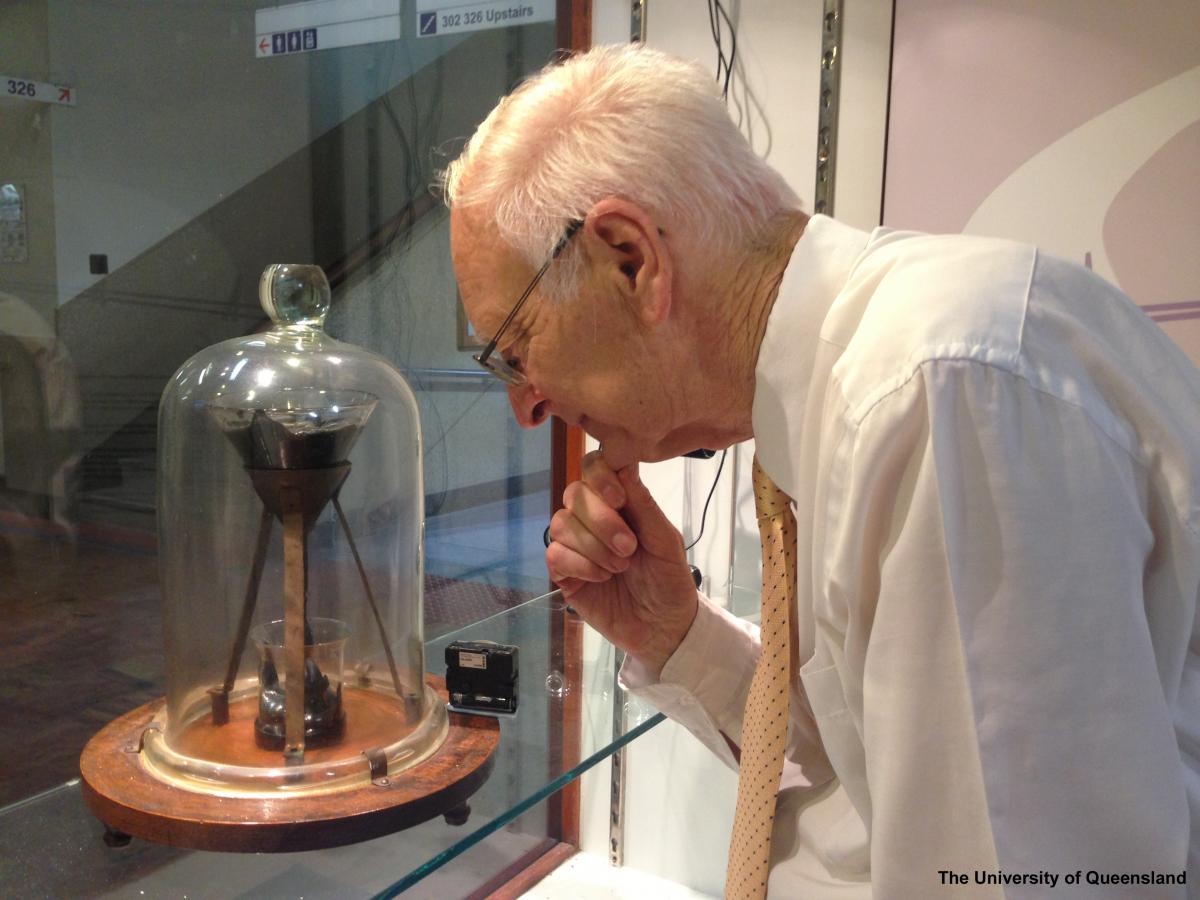
 Biology and Health (start time 00:56). This year marked the passing of long-time Boulder resident, Al Bartlett. Bartlett was one of the world’s most eloquent voices calling for population control. He will be missed. One of the champions picking up the torch is New York Times bestselling author, Alan Weisman. Weisman offers exciting solutions to population growth in Countdown: Our Last, Best Hope for a Future on Earth.
Biology and Health (start time 00:56). This year marked the passing of long-time Boulder resident, Al Bartlett. Bartlett was one of the world’s most eloquent voices calling for population control. He will be missed. One of the champions picking up the torch is New York Times bestselling author, Alan Weisman. Weisman offers exciting solutions to population growth in Countdown: Our Last, Best Hope for a Future on Earth.
